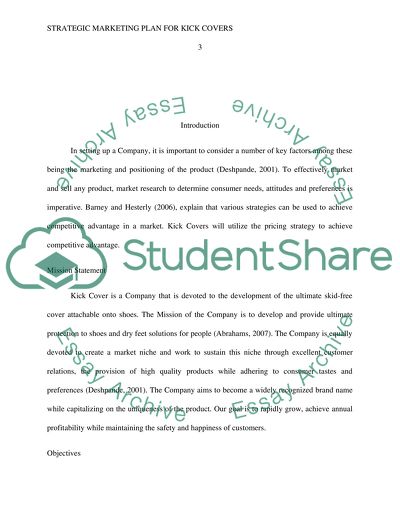Cite this document
(“Strategic Marketing Plan: Kick Covers Assignment”, n.d.)
Retrieved from https://studentshare.org/marketing/1646466-strategic-marketing-plan-kick-covers
Retrieved from https://studentshare.org/marketing/1646466-strategic-marketing-plan-kick-covers
(Strategic Marketing Plan: Kick Covers Assignment)
https://studentshare.org/marketing/1646466-strategic-marketing-plan-kick-covers.
https://studentshare.org/marketing/1646466-strategic-marketing-plan-kick-covers.
“Strategic Marketing Plan: Kick Covers Assignment”, n.d. https://studentshare.org/marketing/1646466-strategic-marketing-plan-kick-covers.


